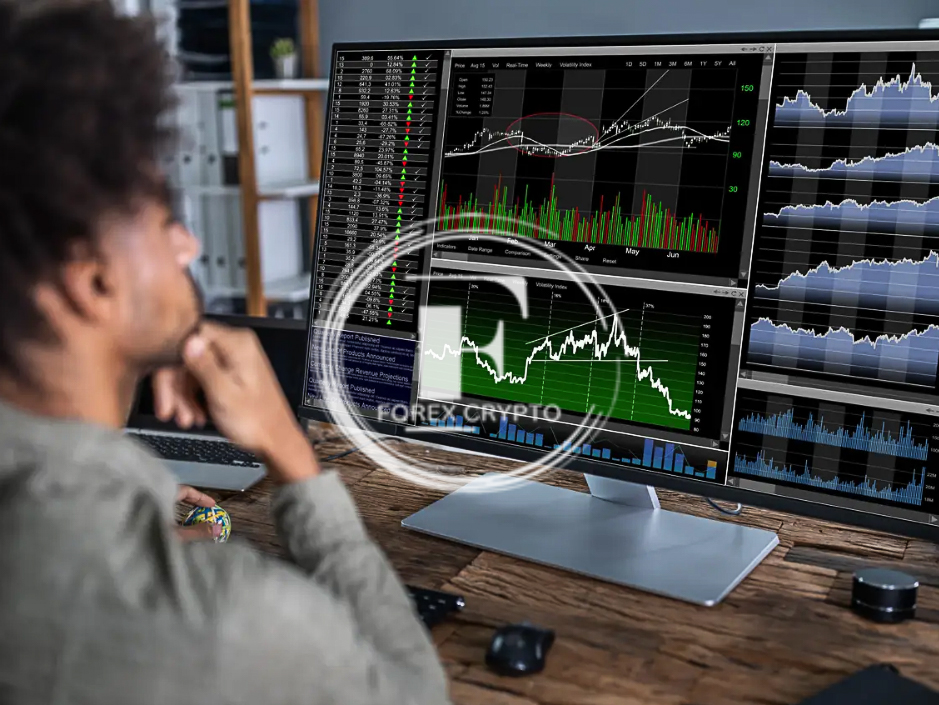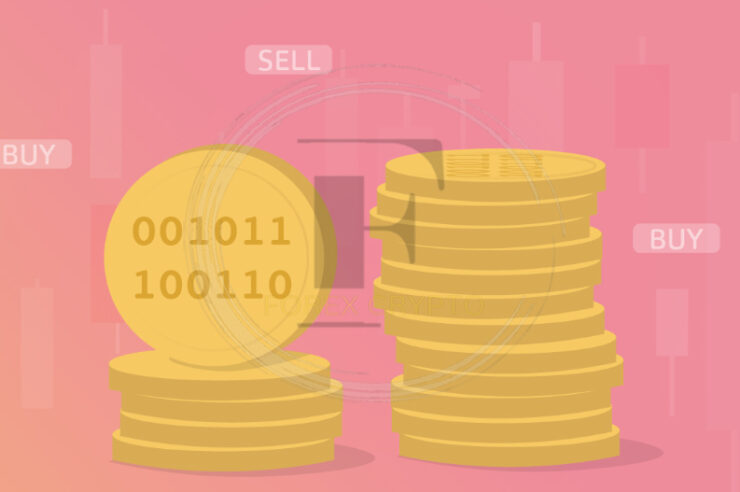It may be the surge of adrenaline. Alternatively, it may be the thought of making a fast buck. But, no matter what draws you to day trading cryptocurrencies, you’ll need to educate yourself on the tactics, currencies, and risk tolerance. So come with me as I explore various approaches.
What is day trading?
- Trading cryptocurrencies daily might be enticing because of the high volatility inherent in the market. For example, the value of cryptocurrencies may rise or fall by as much as 10% in a single day, and unlike conventional markets, crypto exchanges often operate around the clock.
- Increases in bitcoin value occur when demand approaches or exceeds available supply. If more coins are on the market than people are willing to buy, their value will drop. When the price of a currency rises too high, a group of managers or automated systems may “burn” coins by sending them to an address on the blockchain from which they cannot be retrieved, or they may release more of the currency when the price falls too low.
- Even though crypto may rise and fall far quicker in a single day than the average yearly return of U.S. stocks (which is 10% but is only 6% or 7% after adjusting for inflation), the latter remains the safer investment option.

Crypto Day Trading Strategies
Day traders’ crypto techniques may vary from their stock trading methods, from one day to the next and even from one minute to the next. Day trading cryptocurrencies may be done in a variety of ways, but the following six are by far the most common:
Transactions within a narrow range. Trading opportunities arise for “range trading” when the price of a cryptocurrency stays inside a small band for an extended period of time. The goal of range trading is to profit from price fluctuations by purchasing low and selling high before a cryptocurrency’s price falls again. This usually happens when a single prominent trader influences a cryptocurrency’s market capitalization. One trader may use massive purchases and sales to drive the market up and down within a specific range. However, periods of calm seldom continue indefinitely. In trading, there is always a buying low and a selling high. When the price of a currency rises steadily with little to no variation, it is said to be “overbought,” and its direction may soon change as traders unload their holdings. The price of cryptocurrency might increase if institutional investors repurchase it after it has been “oversold.” The R.S.I. may be used to locate these sweet spots.
Scalping. Method of taking advantage of the fluctuating value of a cryptocurrency by making several transactions in a short period. It’s tempting for traders to jump on the crypto bandwagon when prices are volatile, hoping to profit from the occasional upswing by buying low and selling high. The trader may make substantial profits over the course of a day with sufficient capital. Some day traders rely on automated software to increase their trading volume.
Arbitrage, Third. Arbitrage is when a trader purchases cryptocurrency on one market and immediately sells it (at a higher price) on another. For example, in the spring of 2021, the exchange rate for bitcoin in South Korea was 15% higher than in the United States. Day traders engaging in arbitrage may attempt to purchase the cryptocurrency on U.S. exchanges before selling it on South Korean markets. Day trading cryptocurrencies may be profitable even if the “spread” between prices on different exchanges is often not very wide. Traders need to consider the costs connected with their transactions before trying arbitrage since they may significantly impact their profits.
Trade automatons To maximize earnings, day traders might execute many trading sessions simultaneously by instructing their cryptocurrency trading bots to purchase and sell at predetermined times and prices. In addition, day traders proficient in software development, especially in creating application programming interfaces (APIs), will likely be able to create bots seeking to take over the cryptocurrency market.
Analyzing public opinion and the news. Keeping up with the news, both mainstream and industry may help you anticipate trends and make informed decisions, such as whether the demand for a particular cryptocurrency will increase or decrease based on what others are saying about it in the media and online. For example, some people use Twitter to survey the state of the cryptocurrency market, believing that a coin’s price will increase or decrease based on the number of favorable or adverse tweets about it, respectively.
Technical evaluation, number six. Those who prefer rational analysis to gut feelings while making crypto day trades may find this strategy appealing. For example, a trader may research information on the cryptocurrency they want to purchase and sell, including its historical price and the ratio of the amount in circulation to the total supply. The Relative Strength Index (RSI) and the Money Flow Index (MFI) are data-analytics methods that may be useful in crypto trading, just as they can be in range trading. These tools analyze trade volume to predict when the price of a commodity will change direction. There is no perfect trading system, but technical indicators may help traders make informed decisions. Of course, traders should always rely on their discretion, even when several indications point in the same direction.
The Final Word
There’s no denying the dangers of day trading. That’s why, before committing to any crypto day trading plan, it’s vital to do market research and education. The price of a cryptocurrency may increase or decrease depending on various market factors. Market participants use various methods and resources to forecast when and how much the market will shift. While it’s true that no one method is guaranteed to provide optimal results, using a combination (or even all) of them may help you arrive at more well-informed choices.




Comments (No)